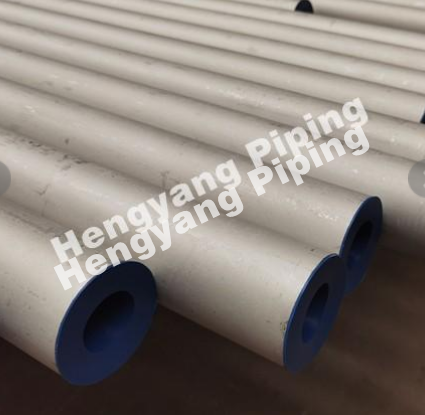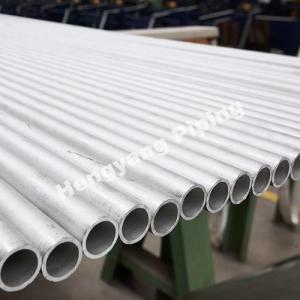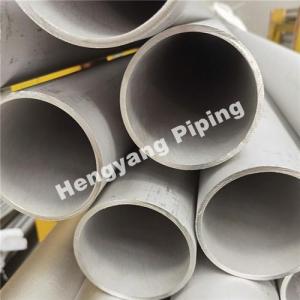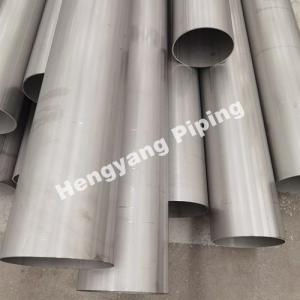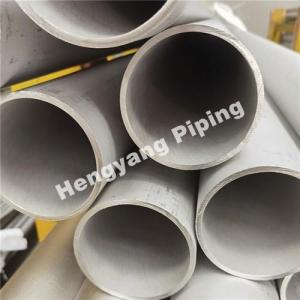Understanding the Applications and Uses of Duplex Stainless Steels
Duplex stainless steels, often referred to simply as duplex steels, represent a class of stainless steel alloys with a unique combination of properties that make them highly suitable for a wide range of applications. These alloys offer an exceptional balance of corrosion resistance, strength, and cost-effectiveness, making them indispensable in various industries. In this comprehensive guide, we will explore the characteristics, advantages, and diverse applications of duplex stainless steels.
What Are Duplex Stainless Steels?
Duplex stainless steels are a family of stainless steel alloys that combine features of both austenitic and ferritic stainless steels. They are characterized by their dual-phase microstructure, which consists of roughly equal proportions of austenite and ferrite phases. This unique microstructure imparts several key properties to duplex stainless steels:
1. Corrosion Resistance: Duplex stainless steels exhibit excellent resistance to corrosion, particularly in aggressive environments such as seawater and chloride-containing solutions. This resistance is primarily due to the high chromium (Cr) and molybdenum (Mo) content in these alloys.
2. Strength: Duplex steels are significantly stronger than standard austenitic stainless steels, such as 304 or 316 stainless steel. Their higher yield and tensile strength make them ideal for applications where structural integrity is crucial.
3. Cost-Efficiency: While duplex stainless steels may be more expensive than some other materials, their exceptional combination of properties often results in overall cost savings. This is especially true in aggressive environments where corrosion-resistant materials are required.
4. Toughness: Duplex steels offer good toughness, even at low temperatures, which is advantageous in applications that involve impact or structural loading.
5. Weldability: Unlike some other high-strength alloys, duplex stainless steels are generally easy to weld, provided proper procedures are followed. This makes them versatile and suitable for various fabrication methods.
Common Grades of Duplex Stainless Steels
Several grades of duplex stainless steels are available, each designed to meet specific application requirements. Some of the most commonly used grades include:
- Duplex 2205 (UNS S32205/S31803): This is one of the most popular duplex grades and offers an excellent combination of corrosion resistance, strength, and cost-effectiveness. It is often used in the oil and gas industry, chemical processing, and marine applications.
- Duplex 2507 (UNS S32750): This super-duplex grade offers enhanced corrosion resistance and higher strength compared to Duplex 2205. It is frequently employed in offshore and marine equipment, as well as in chemical and petrochemical industries.
- Lean Duplex (e.g., LDX 2101): Lean duplex grades contain lower amounts of alloying elements like chromium and nickel, making them more cost-effective. They find applications in architectural and structural applications, as well as in the production of tanks and heat exchangers.
Applications of Duplex Stainless Steels
Duplex stainless steels find extensive use in a variety of industries and applications due to their exceptional properties. Some of the key areas where duplex steels are employed include:
1. Oil and Gas Industry:
- Pipelines and Flowlines: Duplex stainless steels are utilized for transporting corrosive hydrocarbons, especially in offshore and subsea environments.
- Oil and Gas Production Equipment: They are used in valves, pumps, and drilling equipment due to their resistance to sour gas (containing hydrogen sulfide) and chloride-induced corrosion.
2. Chemical and Petrochemical Industry:
- Pressure Vessels: Duplex stainless steels are employed in the construction of high-pressure vessels used to store and transport aggressive chemicals.
- Heat Exchangers: Their resistance to both uniform and localized corrosion makes them suitable for heat exchanger tubing.
3. Marine Industry:
- Boat Hulls and Components: The corrosion resistance of duplex steels makes them ideal for marine applications, including boat hulls, propellers, and seawater piping.
- Desalination Equipment: In the desalination of seawater, duplex stainless steels are used in various components due to their resistance to corrosion by high-salinity water.
4. Architecture and Building:
- Bridges and Structural Components: Duplex stainless steels are employed in the construction of bridges and architectural structures exposed to corrosive environments, such as coastal areas.
- Building Façades: Their aesthetic appeal and corrosion resistance make them suitable for building façades and cladding.
5. Food and Beverage Industry:
- Food Processing Equipment: Duplex stainless steels are used for manufacturing food processing equipment that requires resistance to corrosion and ease of cleaning.
6. Water Treatment:
- Desalination Plants: Duplex steels are used in desalination plants where seawater is converted into fresh water, thanks to their resistance to the highly corrosive nature of seawater.
7. Mining and Mineral Processing:
- Mining Equipment: In applications where abrasion and corrosion resistance are essential, duplex stainless steels are used for components such as pumps, tanks, and chutes.
Conclusion
Duplex stainless steels have emerged as a versatile and reliable choice of material across various industries due to their exceptional combination of corrosion resistance, strength, and cost-effectiveness. Their ability to withstand harsh environments, including those with high chloride concentrations, has made them indispensable in applications ranging from oil and gas production to marine engineering and architectural design. As technology advances and new grades are developed, the versatility and utility of duplex stainless steels continue to expand, cementing their status as an invaluable material in modern engineering and construction.
